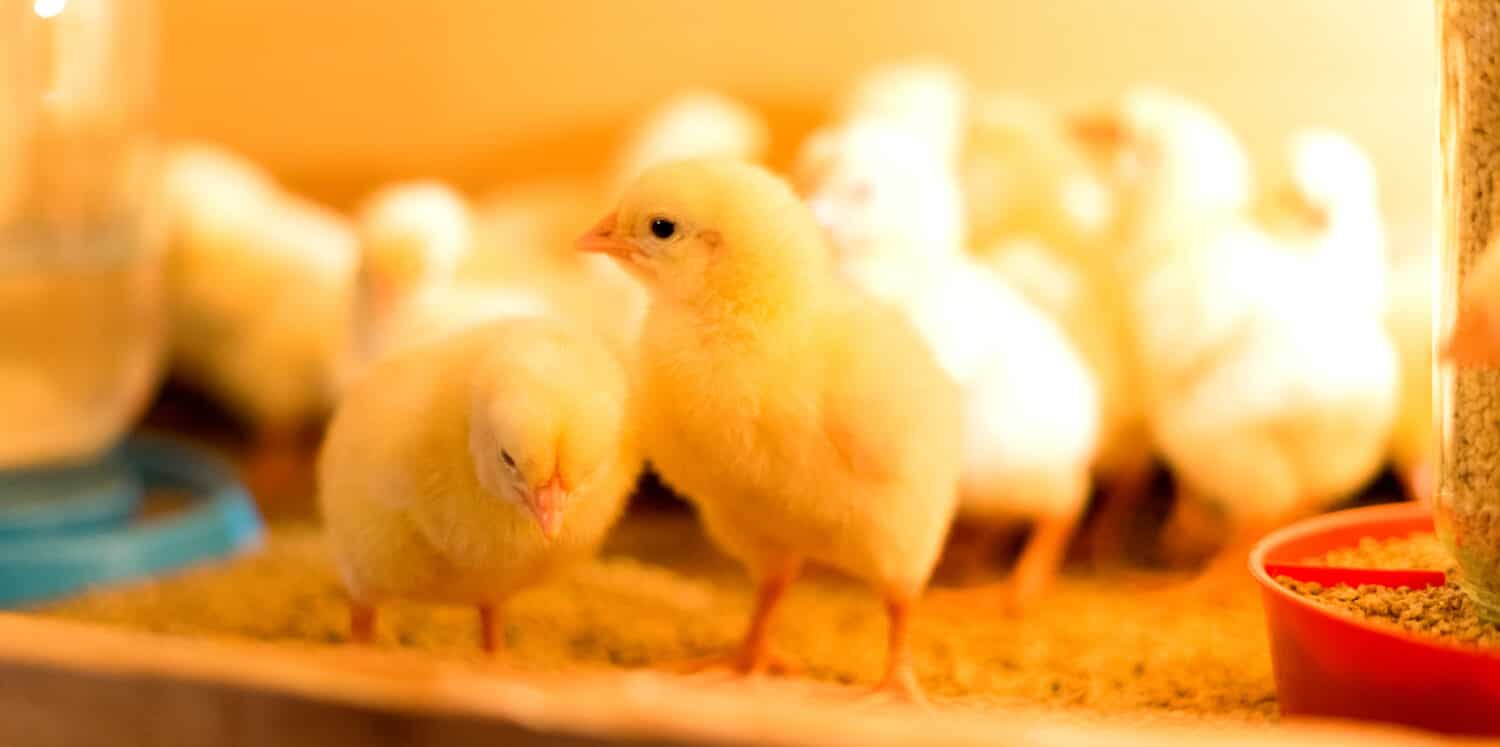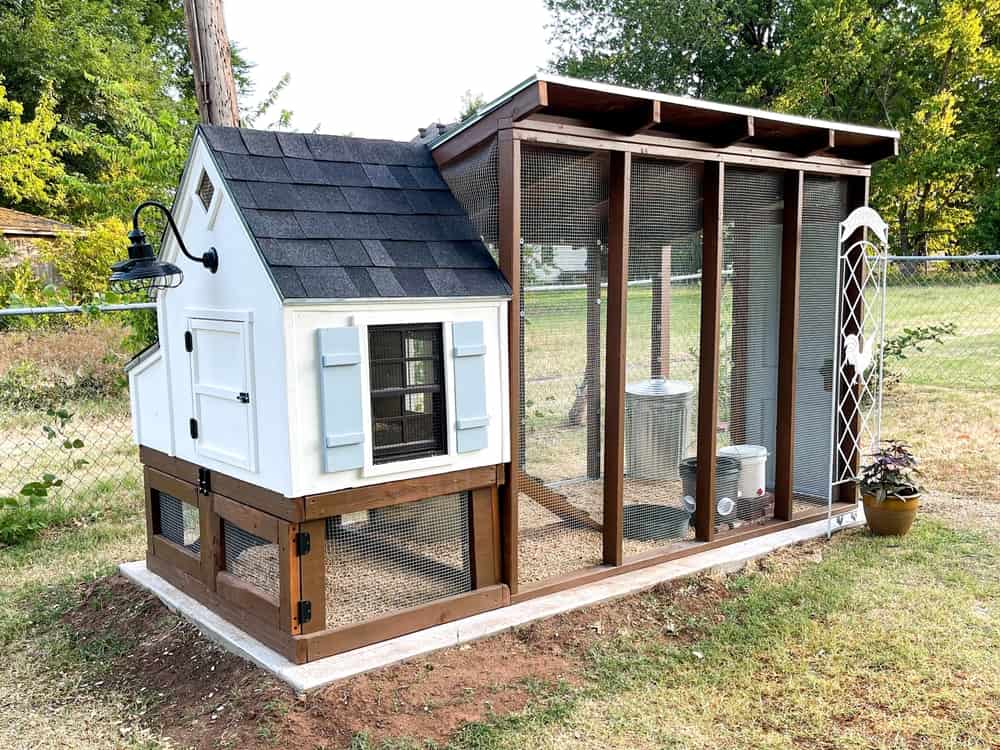Did you recently bring home some adorable chicks from the feed store? We understand. After all, who can resist them? You likely have all the gear and supplies to keep them safe in their brooder as they grow. And that setup will work for a while since chicks don’t need a lot of room. However, this small stage won’t last long. Sooner or later, they must shift from their cozy home to a chicken coop. So, how do you know when to move your chickens from the brooder to the coop? You’ll find out those answers here!
When to Use a Brooder?
Chicks are appropriate terminology for baby chickens up to four weeks old. At this age, they are especially delicate and susceptible to countless environmental pressures, including various predators. So, they need a relatively cozy home that allows you to keep an eye on them and protects them from external harm. The best way to accomplish those goals is to use a brooder.
However, the birds will still need a brooder in their second stage of development. Starting around ages five to six weeks, they become pullets and cockerels. During this stage, the birds begin developing a thicker (adult) coat of feathers to help protect against external temperature fluctuations. They stay in this development period until reaching maturity. But that doesn’t mean they remain in the brooder that long!

Brooders are perfect for the earliest stages of chicken development.
©UncleFedor/Shutterstock.com
Signs Your Chickens Are Ready to Move to a Coop
The easiest way to tell if your chicks are ready to move from a brooder to a coop is their age. Most breeds will outgrow their brooder between six and eight weeks old. By eight weeks old, all pullets and cockerels will need significantly more space to roam than the brooder provides.
However, this shift is dependent on a few factors. The first is the outdoor temperature. Brooders are kept at a warm, cozy, and stable temperature. Moving your new flock outside during cold weather is harmful. Make sure the outdoor temperature is at least 70 degrees Fahrenheit before starting the transition. Warm days and cold nights can shock their little bodies. So, if you live in a colder environment and waiting isn’t feasible, consider adding a heat source to the coop.
Before starting the transition, take a moment to glance at the extended forecast. Your new flock will still be susceptible to rain or high wind. Wait another week if there is not pleasant weather ahead.
Related to this is the feathering of your new birds. Breeds develop their adult feathers at different rates. Some may be fully feathered and ready to move onto a new home by six weeks, while others won’t be ready until eight weeks. Don’t move the birds until they have these feathers since they are necessary for temperature regulation. The transition to adult feathers is noticeable. And you will know it is complete when the pullets and cockerels no longer have baby fuzz anywhere on their bodies.
Another factor to consider is whether the coop is sufficiently predator-proofed. Brooders offer a protective home. And at eight weeks, those little feathered friends are still small enough to be easy prey. Don’t transition them until they have a new, safe home.

The easiest way to tell if your chicks are ready to move from a brooder to a coop is their age.
©Courtney Jenckes/Shutterstock.com
4 Tips to Make the Move Stress-Free
1. Change the Temperature
Outdoor life won’t be as comfortable as their current environment, so you need to start getting your new pullets and cockerels used to temperature swings. As chicks grow, you will already reduce the heat lamp temperature every week. Once that heat lamp arrives at 70 degrees Fahrenheit, around six weeks, remove the external heat source from the brooder. Doing so will allow them to start regulating their own body temperature.
2. Slow Acclimation
Consider taking the entire brooder into the coop for a few days. That way, the pullets and cockerels can explore their new home while still having the comfort of familiar surroundings. Once they get used to the coop, you can remove the brooder.
3. Keep Them Inside
We don’t mean indoors or in the brooder here. Rather, shutting your new flock into the coop for a transition period may help ease the stress. Once they become comfortable and feel safe in their new home, feel free to let them into the run. Taking this route may help them move into the coop voluntarily at night so you don’t have to run around corralling birds before the predators find them.
4. Go Easy With Introductions
Cordone off an area of the coop to keep your new chicks separate from the existing flock. You will want to keep them separated until they reach maturity. Place this area next to the run where your current flock hangs out. This step will help the two groups acclimate to each other while simultaneously preventing any serious fights or disease transfer. You will want to watch them closely to get a feel for emerging flock dynamics. And keep this vigilance up for the first week or two after integrating the new and old flocks. Don’t forget to ensure both groups have access to food and water!
Thank you for reading! Have some feedback for us? Contact the AZ Animals editorial team.








